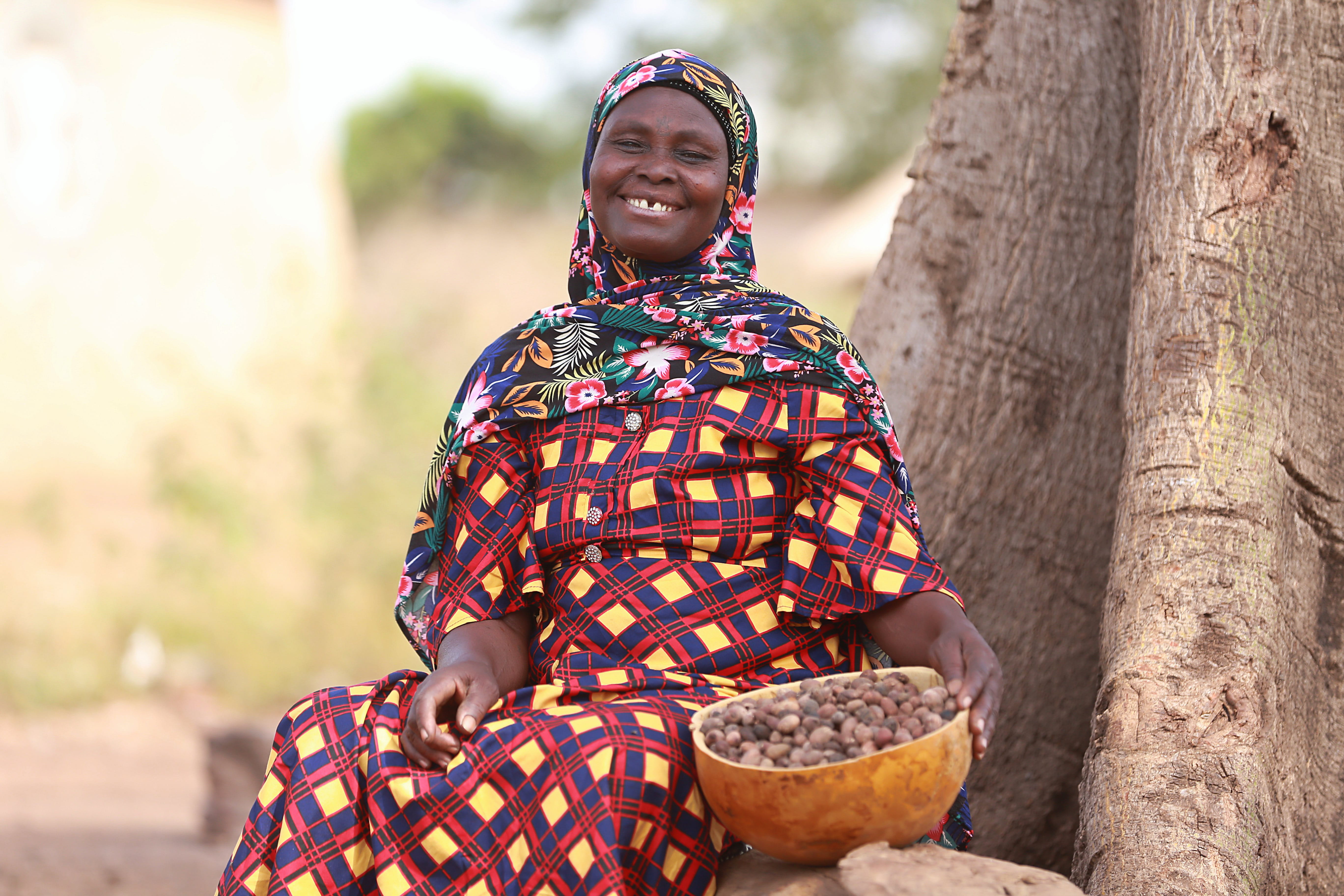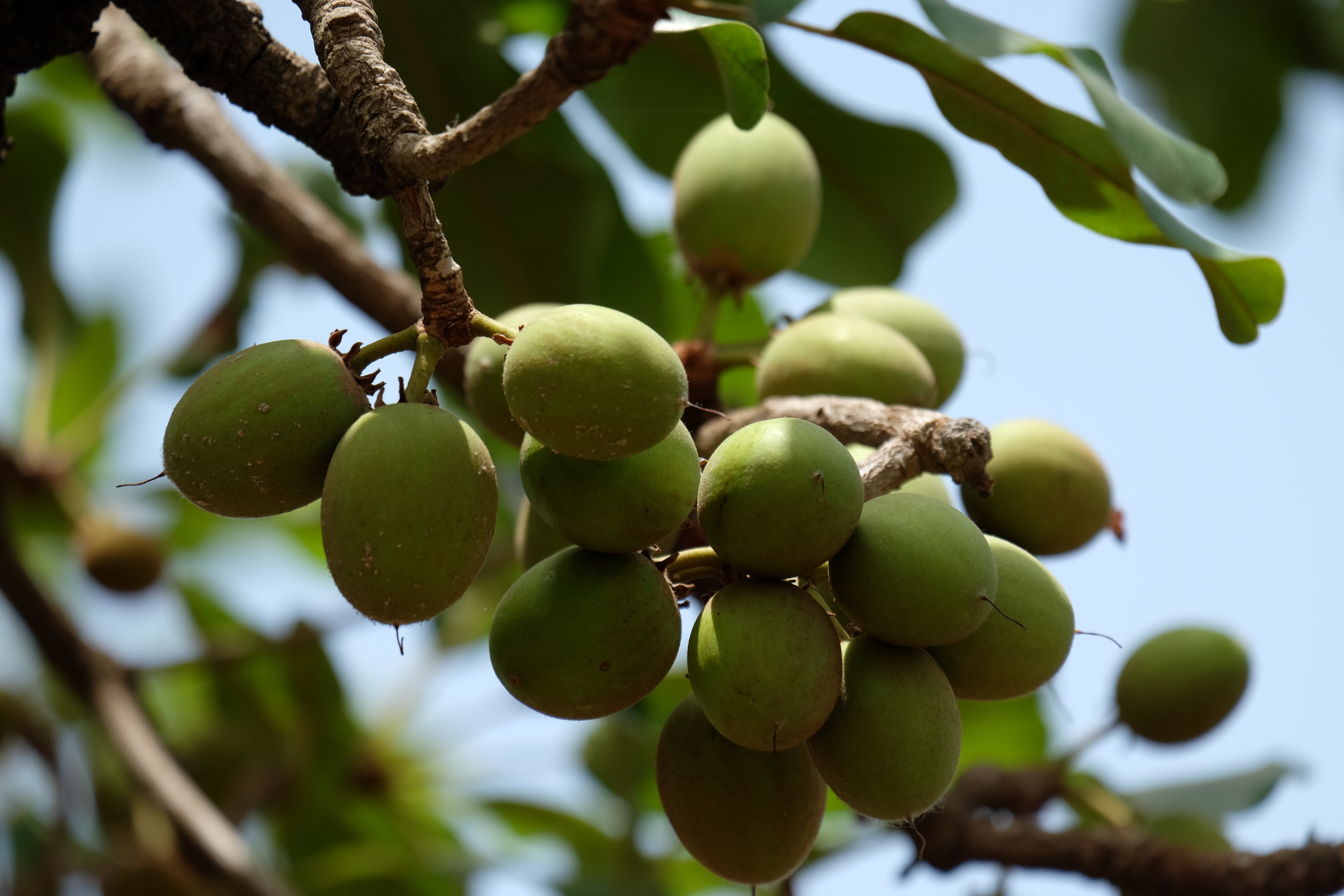Shea isn’t just an essential ingredient in many of our lip care products – it’s part of a bigger sustainability story you might not know.
For years we’ve been working towards a more sustainable shea supply chain in line with our CARE BEYOND SKIN Sustainability Agenda. Through AAKs Kolo Nafaso sourcing program, we also helped to empower women collectors and protect the shea belt ecosystem in Burkina Faso and Ghana.
The first phase of this project exceeded all expectations – and we’re not stopping there. Our commitment to driving impact in the shea supply base continues.
Curious about the impact behind your favorite products? Here are five facts you probably didn’t know about Beiersdorf’s sustainable shea engagement.




